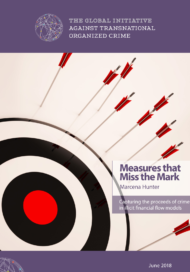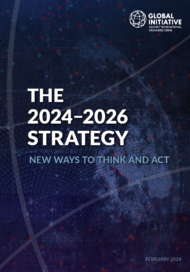Posted on 19 Jun 2018
Illicit financial flows (IFFs) are generally viewed as the financial side of criminal activity, and there is widespread agreement IFFs are a global threat. There is also agreement that IFFs, particularly prevalent and damaging in the context of weak, developing and fragile states, are a threat to sustainable development. International recognition of IFFs as a development threat include Sustainable Development Goals (SDGs) target 16.4, which states: “[b]y 2030, significantly reduce illicit financial flows…”.
However, the concept remains vague and its content controversial. Furthermore, misalignment between terminology used to define IFFs and methodology to measure the scale of IFFs has troubling implications for policy response. Terminology encompasses a wide variety of illicit flows, while existing measures tend to be narrower and inherently give greater weight to IFFs linked to the classifications of commerce, as compared to those generated by crime and corruption. Furthermore, IFFs from the least developed states are at high risk of being undervalued.
This paper examines how terminology and measurement frameworks can better reflect the form and scale of IFFs linked to crime.
Due to the complex nature of the phenomenon, a more accurate and multifaceted approach to defining and measuring crime-related IFFs is critical to better reflect the detrimental impact these types of flows have on development and to formulating effective responses. Continuing to treat IFFs as a single, indivisible phenomenon inhibits the development of comprehensive and effective responses. Disaggregation of analysis and measures of IFF types is therefore essential.
Key recommendations:
- Develop more accurate terminology and definitions, including better accounting for elements especially relevant to developing nations and crime IFFs;
- Represent estimates of IFFs more accurately and transparently;
- Adopt a multi-step model that makes use of both crime- and country-specific assessments and the gravity model, as well as information from both quantitative and qualitative sources; and,
- Utilize assessment frameworks that go beyond monetary values and account for harm.




